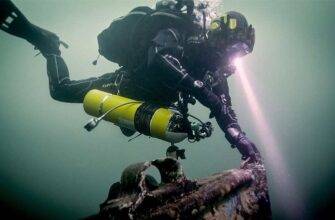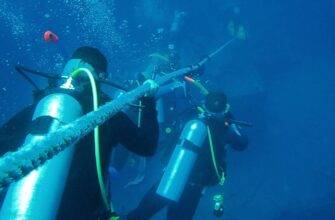pH – The acidity and alkaline properties of water.
The ratio of concentrations of dissolved positively charged ions (cations) of hydrogen and negatively charged hydroxides in water is multiplied by the same fixed number. In the case of pH, the base of the logarithm is 10, so each successive value of the scale means a tenfold change. Thus, going from pH 6 to pH 7 means a tenfold decrease in acidity.
Solutions with a high content of hydroxide anions are called alkaline or basic solutions. The pH values of such solutions are greater than 7, and solutions with a pH greater than 9 are considered concentrated alkaline solutions. For example, the pH of sodium hydroxide is 14 – it is dangerous to even touch it. For comparison, baking soda has a pH of about 8.
The pH value of pure water is seven – it’s neutral. Have you ever wondered why you can open your eyes safely in most freshwater lakes, but seawater stings your eyes? The reason is that seawater is slightly alkaline-its pH usually ranges from 7.8 to 8.3, remember that the difference between pH 7 and 8 means a tenfold change). The weakly alkaline properties of seawater are caused by the salt dissolved in it.
Read More:




